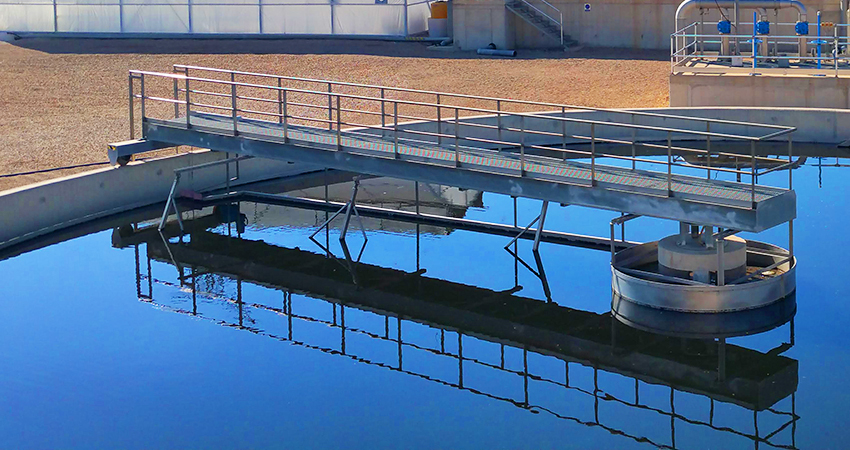Netherlands: Covid-19 sewage measurements difficult to interpret

-
 Esther Rasenberg
Esther Rasenberg
Share article:
Since a few weeks, 318 waste water treatment plants have been sampled weekly on behalf of the Dutch National Institute for Public Health and the Environment (RIVM) for hereditary material of the coronavirus. This creates a reliable picture of the spread of the virus in The Netherlands. It is striking that the results of the Covid-19 sewage measurements sometimes show enormous differences between the various wastewater treatment plants. For example, the peaks of the virus appear to be larger on smaller plants. How is this possible?
According to an expert, comparing the measurements on different treatment plants is not yet meaningful because each plant is unique. Sometimes a treatment plant processes a lot of industrial water, which means that the waste water is strongly diluted. It is also possible that it has rained heavily in a specific area, resulting in different measurements. And, of course, it also makes a difference of how many people the waste water water is treated. You can only compare the data from a specific treatment plant over time. Does the amount of hereditary material of the virus at a certain treatment plant increase or decrease in a certain period of time?
Confirmation instead of early detection
Last week, the results of the sewage measurements showed an increase later than than the increase in the number of infections. The cause seems to be the measuring frequency at the waste water treatment plants. The results of the PCR tests on humans are updated daily while the results of the waste water measurements only appear on Tuesdays and show last week’s measurement. At this moment, based on the waste water measurements, there is no early warning. The waste water measurements only confirm a certain trend.
24-hour sampling
At a later stage the measurements will probably take place more often, but for the time being it is quite an achievement for the water boards to carry out the measurements on a weekly basis. For example, the samples from all corners of the country need to go to the RIVM for analysis. Nor is it just a sample. With special equipment a sample is taken every hour for 24 hours. An analysis is then made of all these samples. With this method it is prevented that the measurement is only a snapshot.
Different research methods
In the Netherlands, the RIVM and KWR Watercycle Research Institute conduct research at waste water treatment plants. The RIVM website states that the KWR research differs from the RIVM research in the number of locations and research methods studied. For the time being it is not clear exactly what the differences in approach are. Both institutes can identify a trend on the basis of their own research.


















